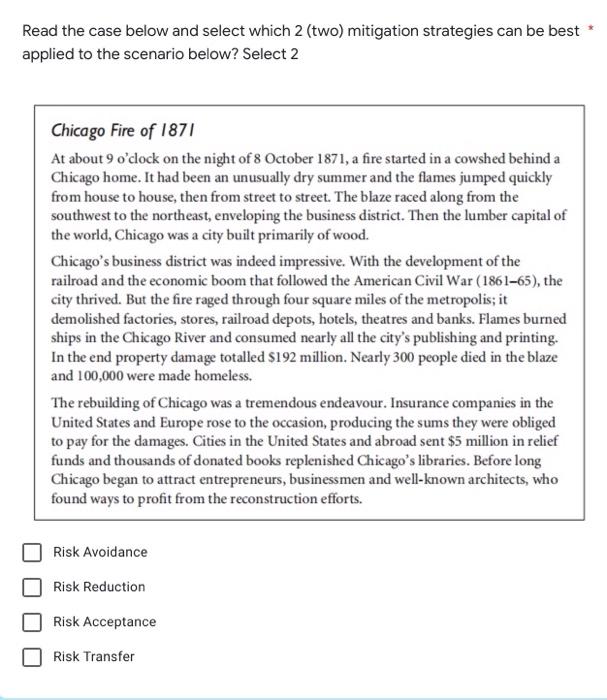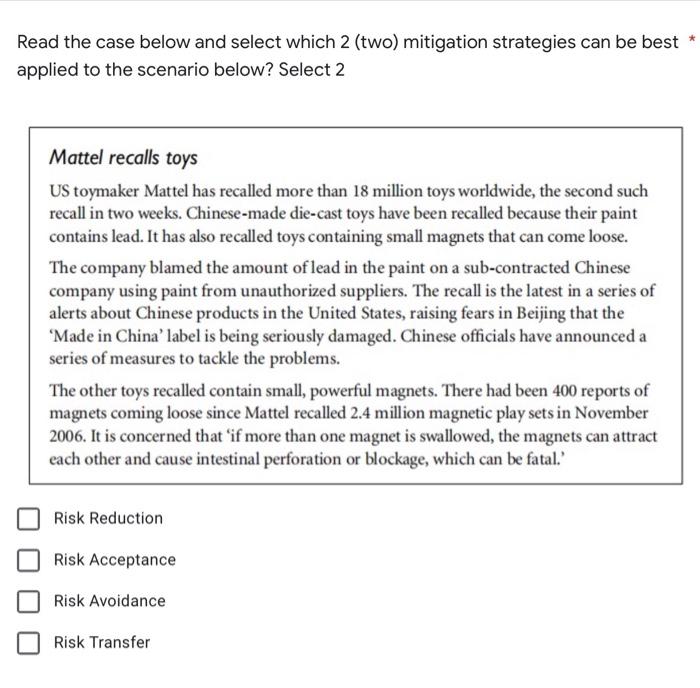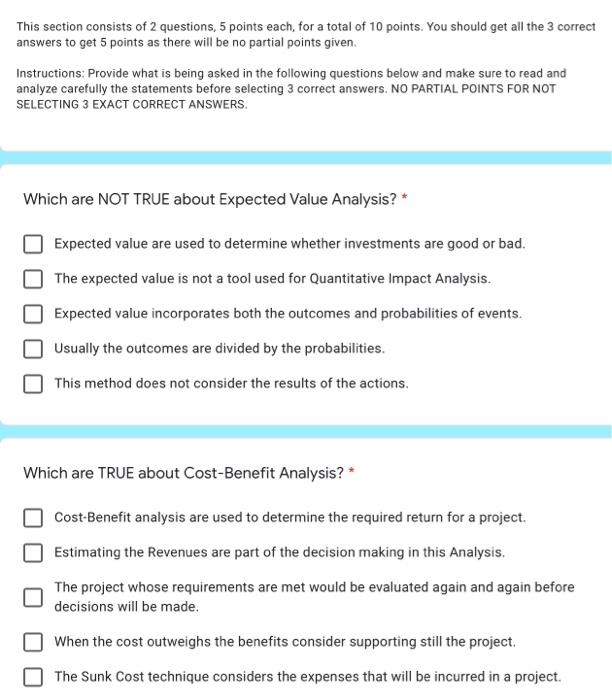thank youu

Read the case below and select which 2 (two) mitigation strategies can be best applied to the scenario below? Select 2 Chicago Fire of 1871 At about 9 o'clock on the night of 8 October 1871, a fire started in a cowshed behind a Chicago home. It had been an unusually dry summer and the flames jumped quickly from house to house, then from street to street. The blaze raced along from the southwest to the northeast, enveloping the business district. Then the lumber capital of the world, Chicago was a city built primarily of wood. Chicago's business district was indeed impressive. With the development of the railroad and the economic boom that followed the American Civil War (1861-65), the city thrived. But the fire raged through four square miles of the metropolis; it demolished factories, stores, railroad depots, hotels, theatres and banks. Flames burned ships in the Chicago River and consumed nearly all the city's publishing and printing. In the end property damage totalled $192 million. Nearly 300 people died in the blaze and 100,000 were made homeless. The rebuilding of Chicago was a tremendous endeavour. Insurance companies in the United States and Europe rose to the occasion, producing the sums they were obliged to pay for the damages. Cities in the United States and abroad sent $5 million in relief funds and thousands of donated books replenished Chicago's libraries. Before long Chicago began to attract entrepreneurs, businessmen and well-known architects, who found ways to profit from the reconstruction efforts. Risk Avoidance Risk Reduction Risk Acceptance Risk Transfer Read the case below and select which 2 (two) mitigation strategies can be best applied to the scenario below? Select 2 Mattel recalls toys US toymaker Mattel has recalled more than 18 million toys worldwide, the second such recall in two weeks. Chinese-made die-cast toys have been recalled because their paint contains lead. It has also recalled toys containing small magnets that can come loose. The company blamed the amount of lead in the paint on a sub-contracted Chinese company using paint from unauthorized suppliers. The recall is the latest in a series of alerts about Chinese products in the United States, raising fears in Beijing that the 'Made in China' label is being seriously damaged. Chinese officials have announced a series of measures to tackle the problems. The other toys recalled contain small, powerful magnets. There had been 400 reports of magnets coming loose since Mattel recalled 2.4 million magnetic play sets in November 2006. It is concerned that if more than one magnet is swallowed, the magnets can attract each other and cause intestinal perforation or blockage, which can be fatal.' Risk Reduction Risk Acceptance Risk Avoidance Risk Transfer This section consists of 2 questions, 5 points each, for a total of 10 points. You should get all the 3 correct answers to get 5 points as there will be no partial points given. Instructions: Provide what is being asked in the following questions below and make sure to read and analyze carefully the statements before selecting 3 correct answers. NO PARTIAL POINTS FOR NOT SELECTING 3 EXACT CORRECT ANSWERS. Which are NOT TRUE about Expected Value Analysis? * Expected value are used to determine whether investments are good or bad. The expected value is not a tool used for Quantitative Impact Analysis. Expected value incorporates both the outcomes and probabilities of events. Usually the outcomes are divided by the probabilities. This method does not consider the results of the actions. Which are TRUE about Cost-Benefit Analysis? * Cost-Benefit analysis are used to determine the required return for a project. Estimating the Revenues are part of the decision making in this Analysis. The project whose requirements are met would be evaluated again and again before decisions will be made. When the cost outweighs the benefits consider supporting still the project. The Sunk Cost technique considers the expenses that will be incurred in a project










